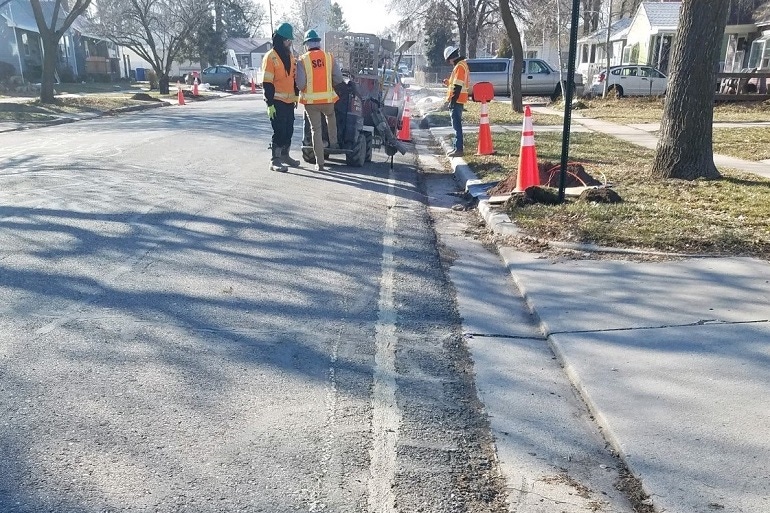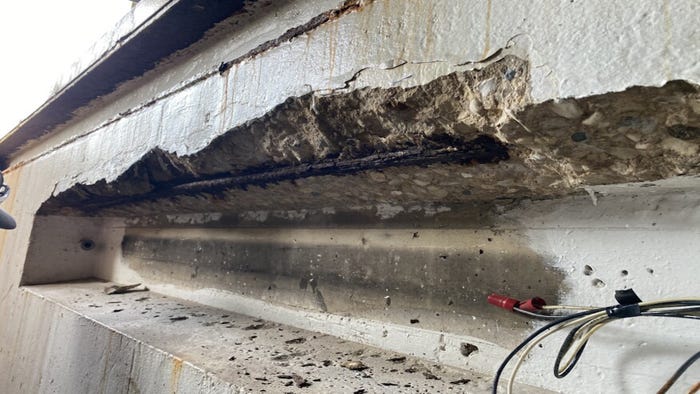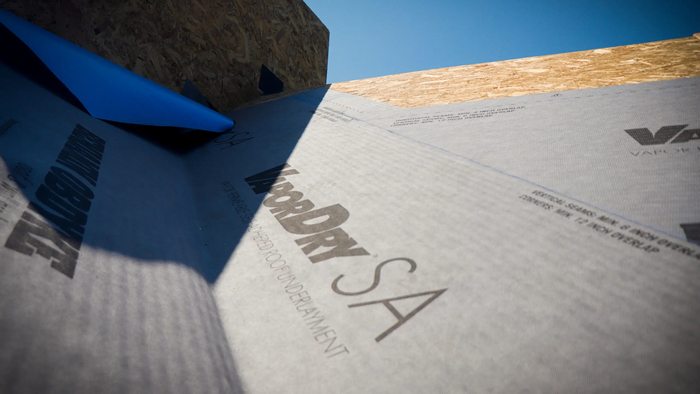CTS Flowable Fill was used to backfill 2x9-inch trenches in street surfaces to place fiber optic cables during a Utah winter. The mix completely filled the trench and set within a few hours.
October 5, 2020

Google Fiber, an Alphabet division that is entering the internet service provider (ISP) market, relies on a special fiber installation technique to be competitive with existing ISPs: shallow micro-trenching. Shallow micro-trenches are much faster to construct than traditional methods of fiber installation (such as mounting cables on utility poles or digging deep trenches). This technique minimizes site disruption and accommodates multiple conduits for fiber. Use of shallow trenches has enabled Google to roll out its broadband service very quickly in several cities.
When fiber was being laid in Salt Lake City, micro-trenches measuring 2 inches wide by 9 inches deep--a common dimension for micro-trenches--were cut into pavement on various roadways, both municipal roads and those overseen by the Utah Department of Transportation. After conduit was laid, the trenches required backfilling. However, the 2-inch-wide trenches were too narrow to easily backfill with concrete, which often has aggregate measuring 1-inch in diameter and could have resulted in unfilled areas in the trench.
The solution was CTS Flowable Fill, a high performance backfill where Rapid Set cement is mixed on the jobsite with aggregate and water. Sixty cubic yards of Flowable Fill (4 tons of Rapid Set cement) were used, mixed with a volumetric mixer and requiring no finishing or curing.
Salt Lake City’s micro-trenching work occurred between February 12 and March 2, 2020, when Utah was still experiencing winter weather. Not only did Flowable Fill flow well into the trench’s small space, but it set up quickly despite the cold weather, achieving the specified requirement of 500 psi in 28 days, with 1/2 maximum strength at opening, which was a few hours. Achieving the specified opening time to traffic would not have been possible with conventional portland cement flowable fill because of the severe winter temperatures.
For more information visit CTS Cement Manufacturing Corporation online.
You May Also Like


